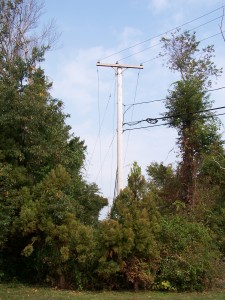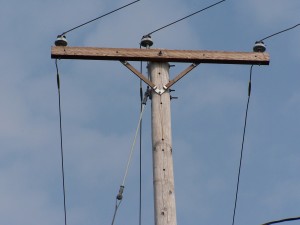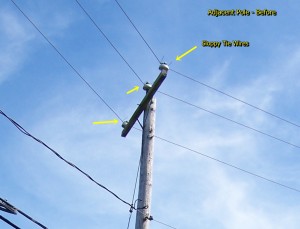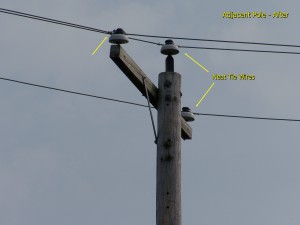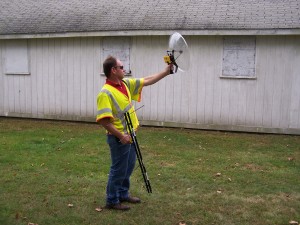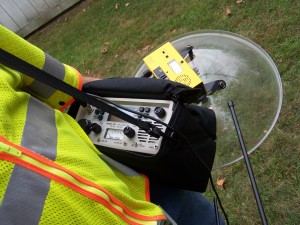Middletown Fire Dept (MFD) demonstrated the SafetyNet tracker bracelet system on Sunday October 20th at Glen Park in Portsmouth. Pictures can be viewed online here
Aided by MFD, a citizen volunteer (Rob White KB1ZZU) used MFD’s tracker equipment to find a well-hidden 10 year old Cub Scout in about five minutes. MFD fire fighters then let the 10 year old scout track down another 216 MHz radio tracker bracelet well-hidden up a distant tree.
It was pretty clear to all that this tracker technology could save hundreds of labor hours trying to find a wandering person before they fall into the water or die from exposure.
An estimated 24,000 Rhode Islanders fit into the wandering category. Newport’s city council recently passed a resolution asking city staff to look at this tracking option. The tracker equipment and training is provided at no cost to the city. The tracking bracelet has a nominal monthly charge.
Portsmouth FD is also trained in the use of this equipment.
This demo was arranged by the Newport County Radio Club who hosted local Boy Scouts this last weekend at a Jamboree on the Air training event at Glen Park.

